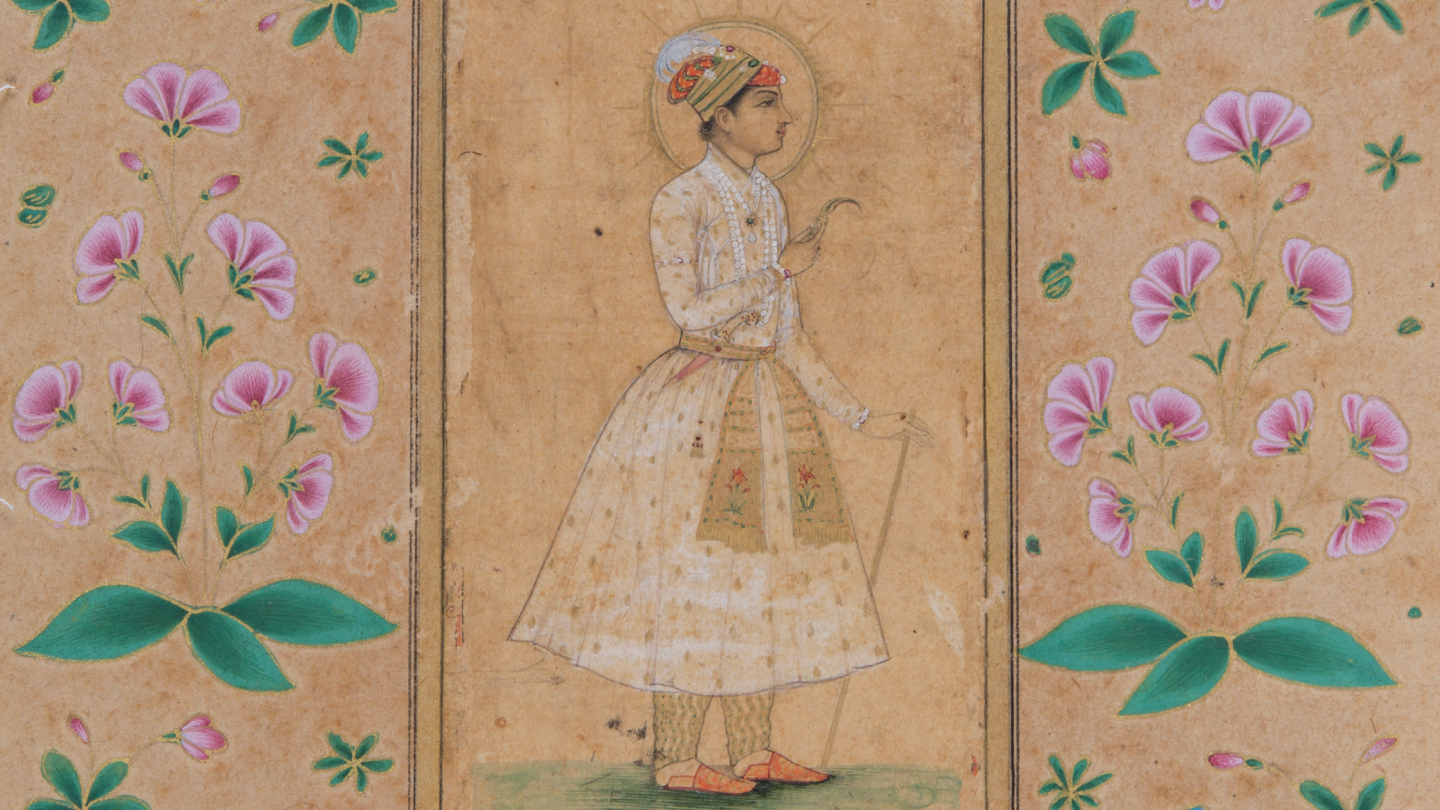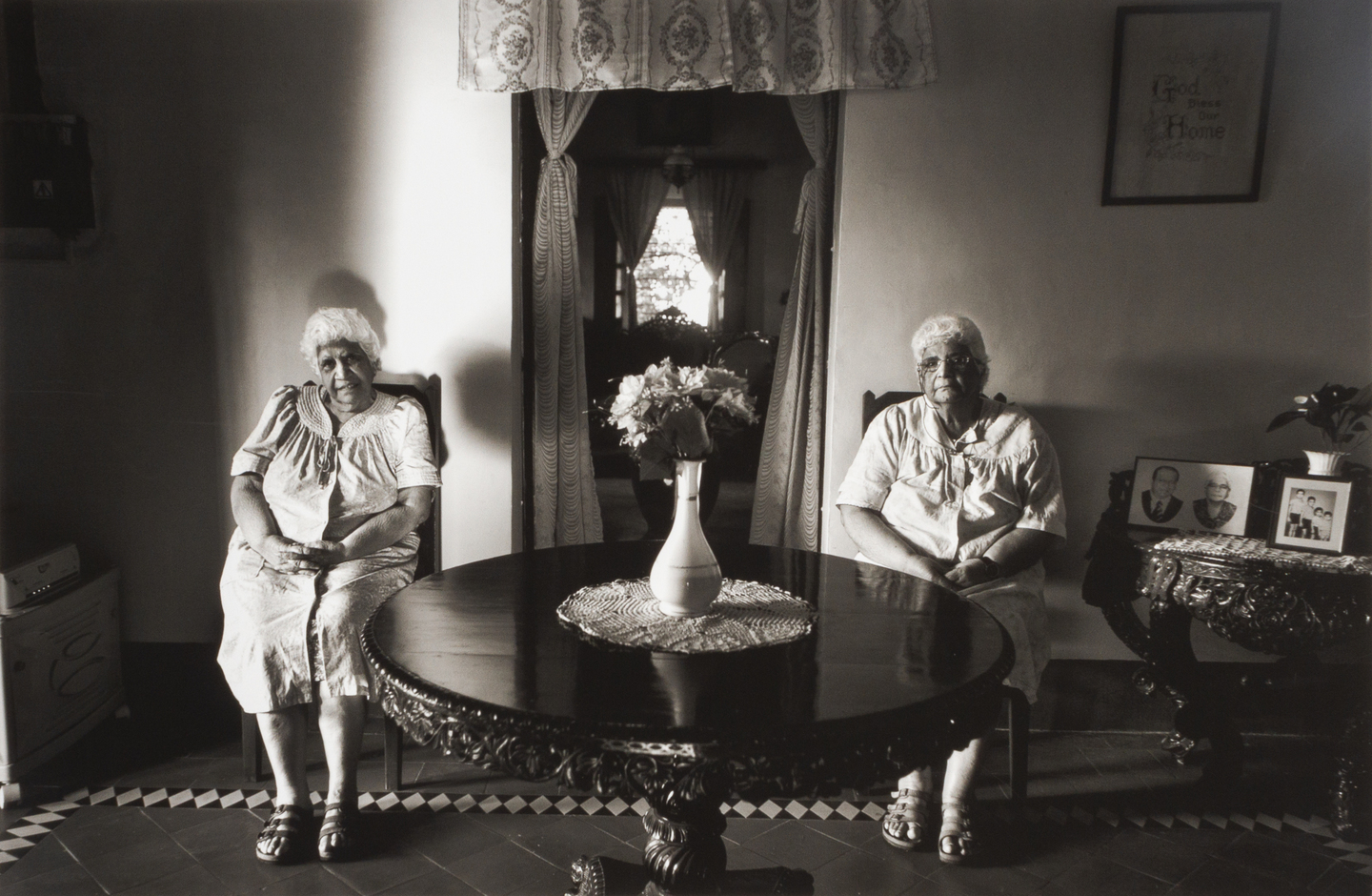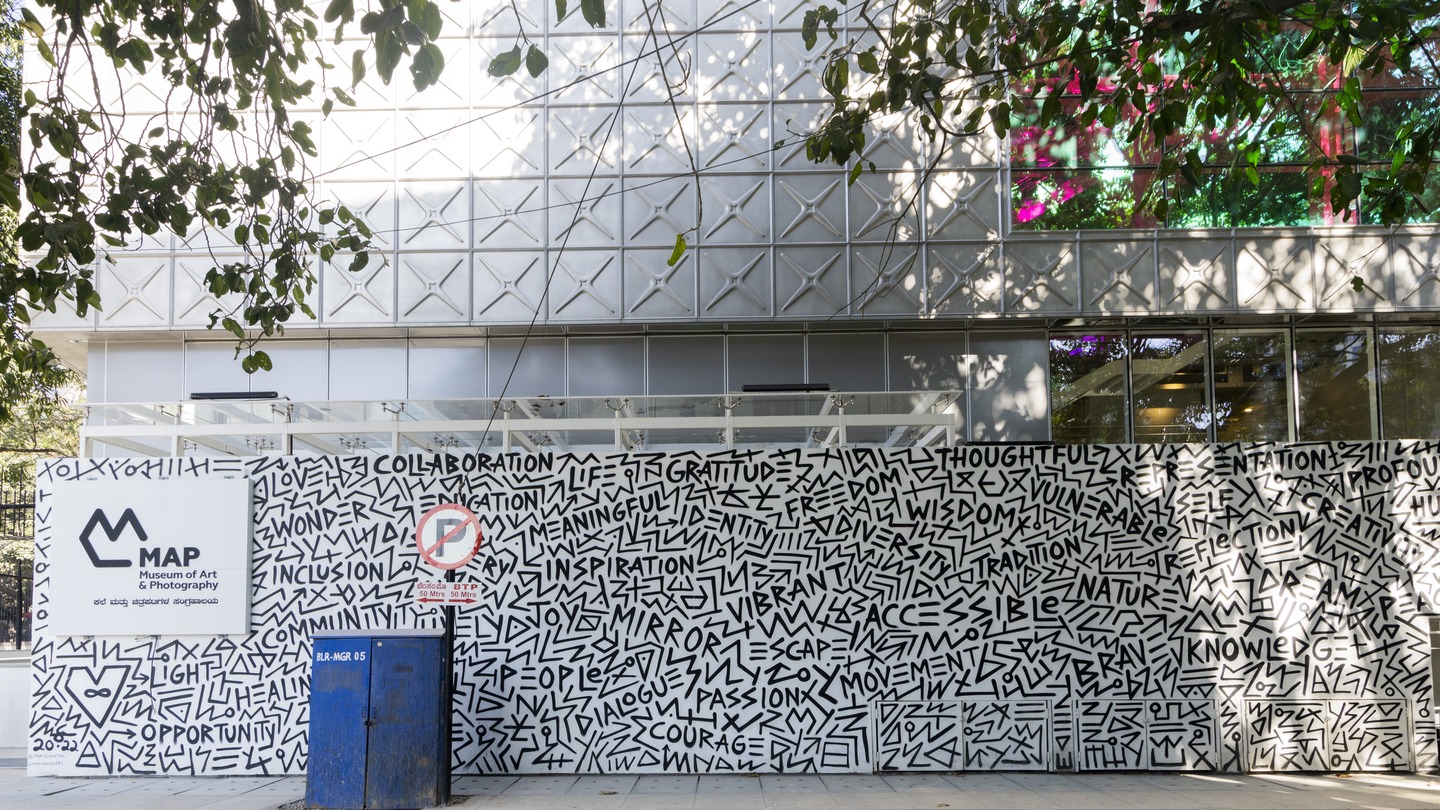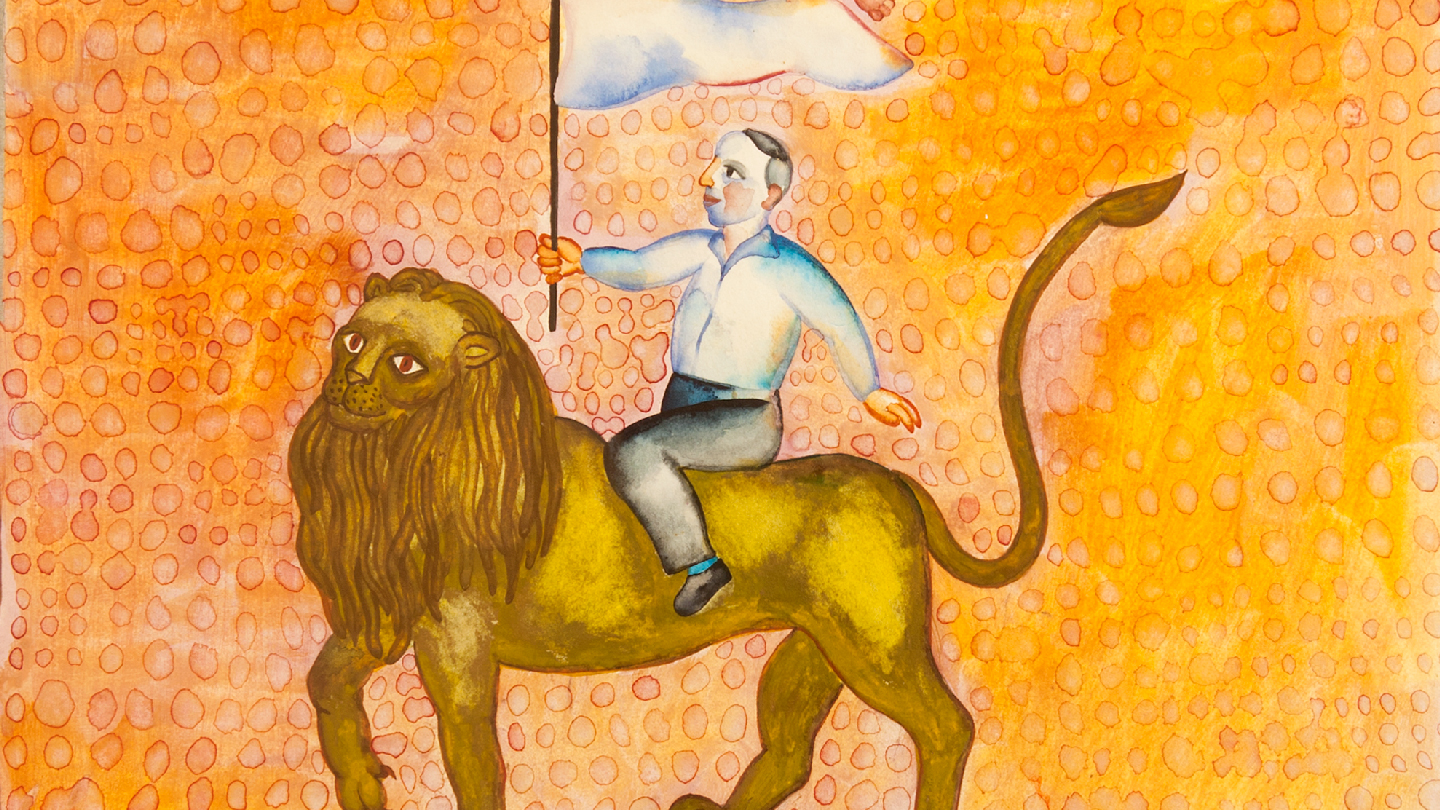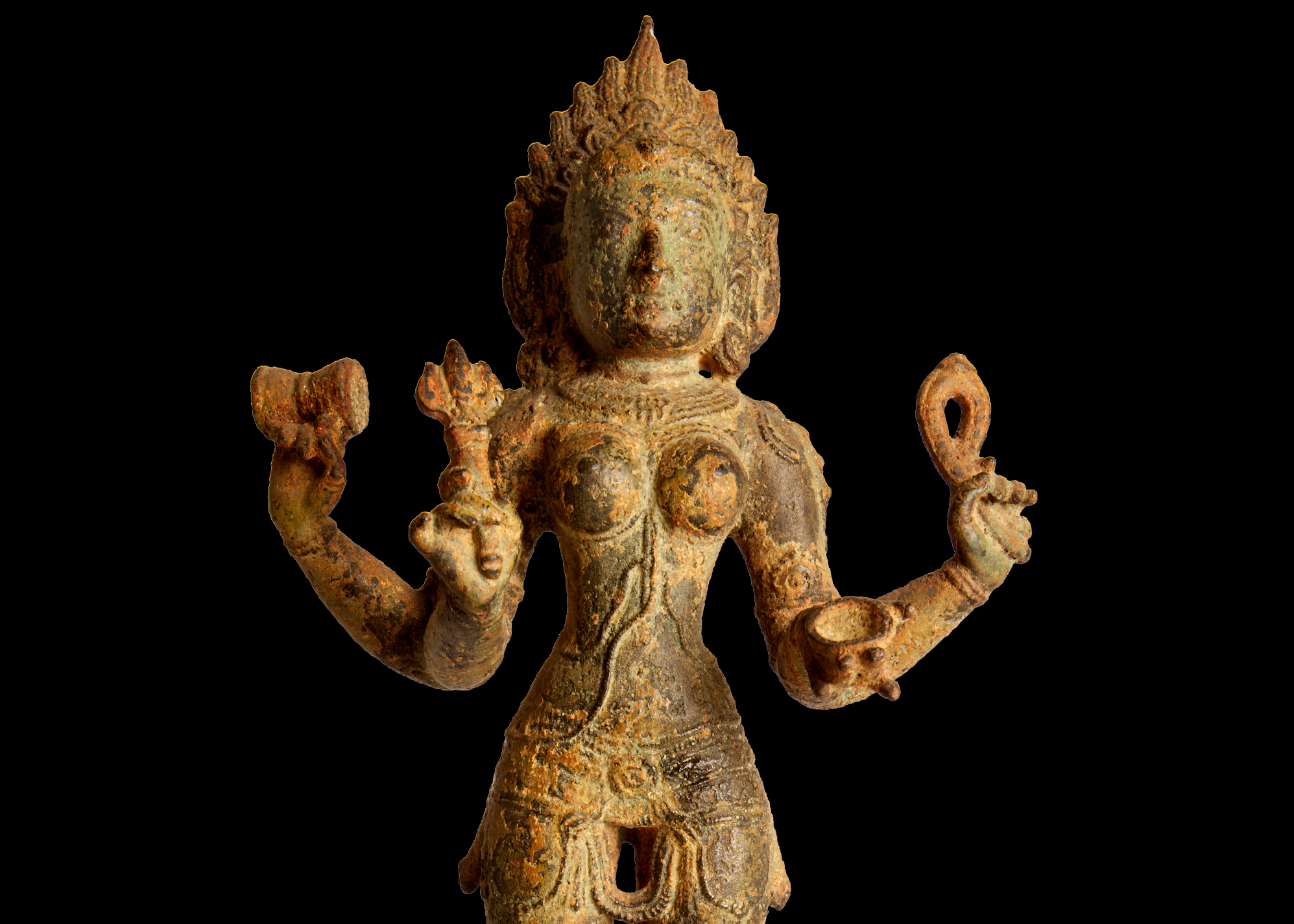Blogs
Engaging with Vastness
Prof. BN Goswamy
“From Time flow forth all beings,
From Time advance to their full growth,
And in Time, again, return home, —
‘Time’ is the formed (murti) and formless, both.”
— Maitri Upanishad
“Kara-aravindena pada-arvindam mukha-arvinde viniveshayantam
Vatasya patrasya putey shayanam baalam-mukundam manasaa smaraami”
[With his beautiful lotus-like hands, placing his beautiful lotus-like toe in his mouth beautiful like the lotus, He rests on the tender shoot of a vata leaf: Upon that bala-mukunda form (of the Lord) I meditate.]
— Krishnakarnamrita of Bilvamangala, Thirteenth century
From time to time one is astonished at the strivings of the Indian mind — constant, persistent, striving — as reflected in our ancient texts. Understanding the nature of Time, that incomprehensible, immeasurable, immanent entity — agyeya, asamkhyeya, aprameya — remains an abiding concern; equally so does wonder about Space; its nature, extent, origin. How did it all begin, this vast universe that we are all parts of? Questions that challenge oneself are asked; myths are woven around them; thought takes leaps. It is truly astonishing: at once mystifying and uplifting.
I do not have even a sliver of competence to enter this field. But two images in which some of these questions — or is it an attempt at answers? — are reflected, keep surfacing in my mind. One, that of Hiranyagarbha, the Golden Egg; and, the second, that of the Vatapatrashayi, ‘the Lord resting on a Floating Leaf.’ The Hiranyagarbha, containing as it does speculations about the Origins of Creation, the Beginnings of it All, is not spoken of in just one text. Soaring, maddeningly beautiful references keep coming in from different sources. In one of the most ancient texts known to man, the Rigveda, there is a whole composition named after it, singing praises of a single, supreme creator deity. The Hiranyagarbha is spoken of as being “present at the beginning,” “upholding this earth and heaven,” “whose commands all beings, even the gods, obey,” “whose shadow is immortality, whose (shadow also) is death.” By him “the sky was made profound and the earth solid,” “by whom heaven and the solar system were fixed,” “who was the measure of water in the firmament.” “When the vast waters overspread the universe containing the germ and giving birth to Agni, then was produced this one breath of the gods,” the Hiranyagarbha. In other texts we read about this ‘egg’ “floating around in emptiness and the darkness of non-existence for a long time, and then breaking into two halves.” It appears after the mahapralaya, the great Dissolution of the Universe, shining: “more resplendent than the Sun and the Moon, and more internal than even the mind and the intellect.” This verily was “the Supreme Seed of all creation, subtler than the subtlest, greater than the greatest, more magnificent than even the best of all things.”
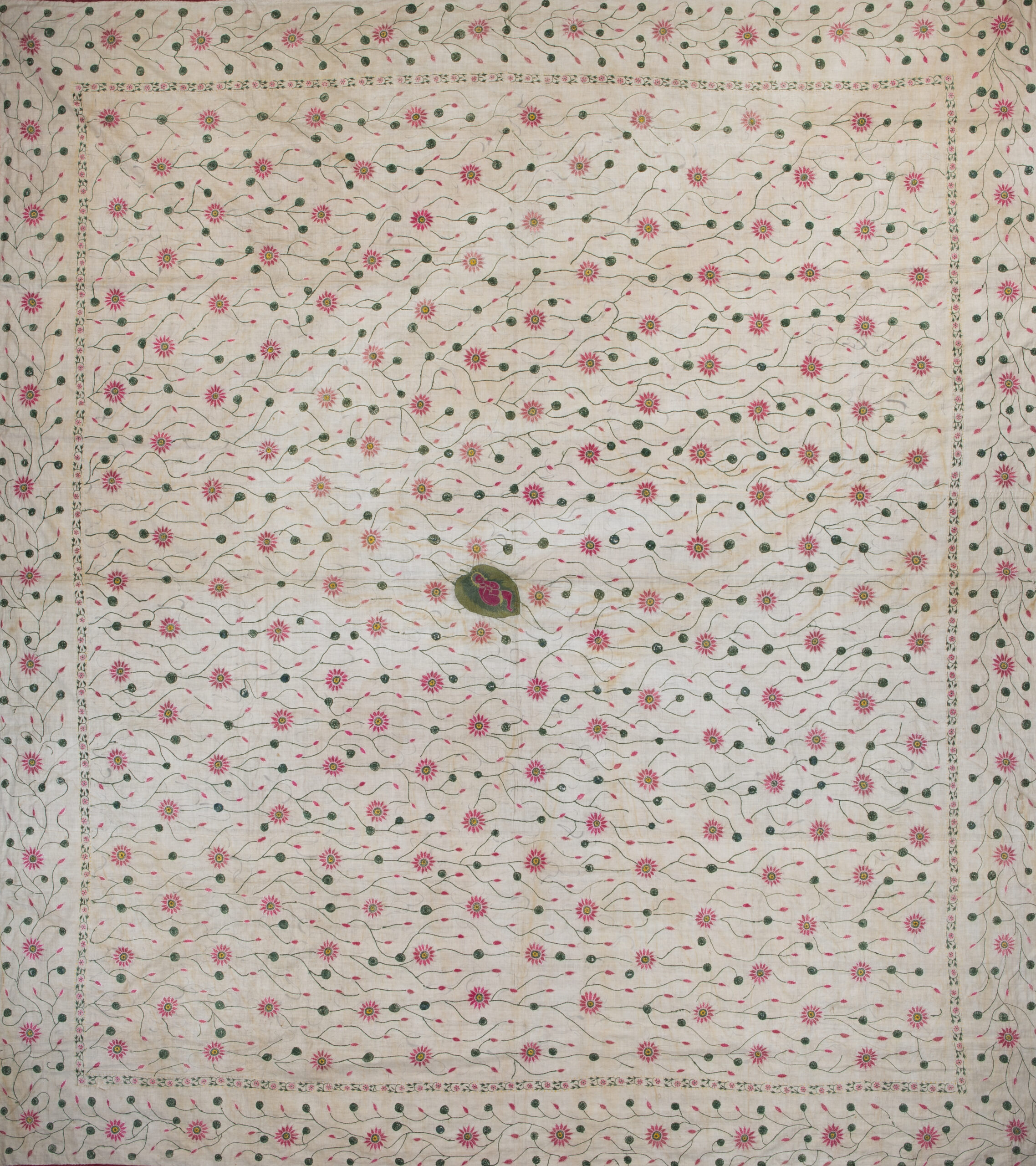
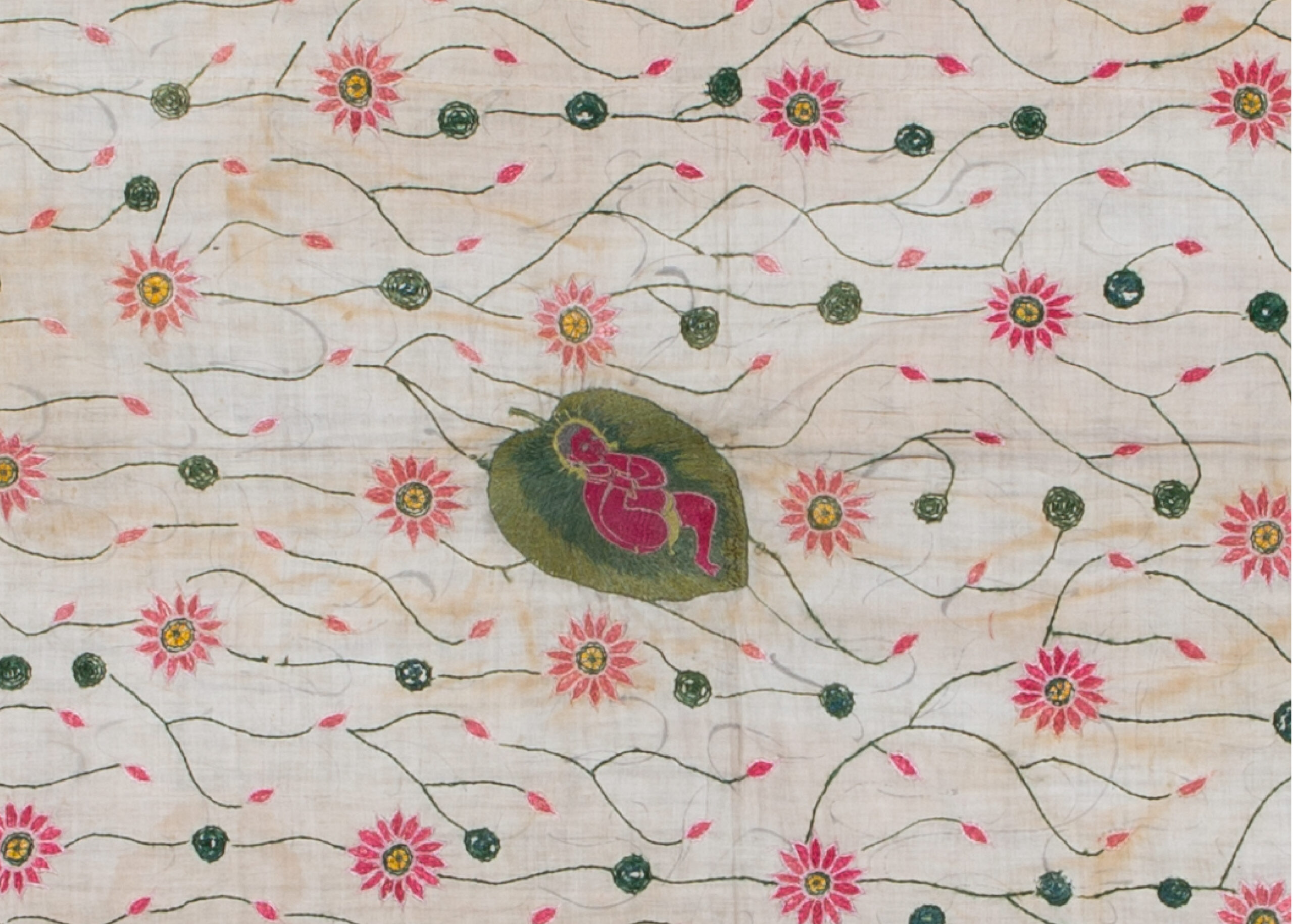
Kamal Talai Pichwai Featuring Infant Shrinath, 20th century, Rajasthan/Gujarat, India, Cotton, silk, H. 229 cm, W. 204 cm, TXT.00617
…..
The other image I spoke of earlier, that of Vatapatrashayi — equally mystifying but comparatively easier to reach; closer to the heart of a devotee — it is also set against the myth of the great Dissolution. It has been, however — in contrast to the Hiranyagarbha — painted and carved countless times. Devangana Desai who has devoted a whole book to the image, draws our attention to it with a sense of deep engagement. Leaning upon ancient texts she speaks of “the interlude between the Dissolution and the Recreation of the Universe when the whole cosmos is at rest,” and, in that interlude, Vishnu sleeps. In Heinrich Zimmer’s words: “Like a spider that has climbed up the thread that once issued from its own organism, drawing it back into itself, the god has consumed again the web of the Universe. Alone upon the immortal substance of the ocean . . . he takes delight in slumber.” Against this background, the texts go into a narrative. The great sage, Markandeya, hoary of age, is introduced in the narrative. From his state of meditation, the sage suddenly finds himself in the midst of a deluge, endless waters surrounding him. Alone, completely by himself, he casts about in this ocean for years, when one day he sees on a floating leaf of the vata tree a little child, smile on his lips, playing with his toe in his mouth, which is depicted in this sculpture from the Museum of Art & Photography’s (MAP) collection. Greatly relieved, and delighted by the sight, Markandeya approaches him only to be suddenly swallowed by the child, like a mosquito would be. Inside the belly of the child — who is none else than Vishnu in his child-Krishna form — he sees a whole universe: the sky, earth, nakshatras, directions, oceans, mountains, forests, rivers and ashramas. Completely confused, he wanders around for endless time, but then, all of a sudden, the child “breathes him out,” when the sage sees the radiant child again on that floating leaf. He bows his head in reverence to the child, having had a glimpse of his Maya, the Great Illusion. There are graphic details in the story, and some varying versions, and it goes on. But the wonder of it all stays with the sensitive reader, the listener of the tale.
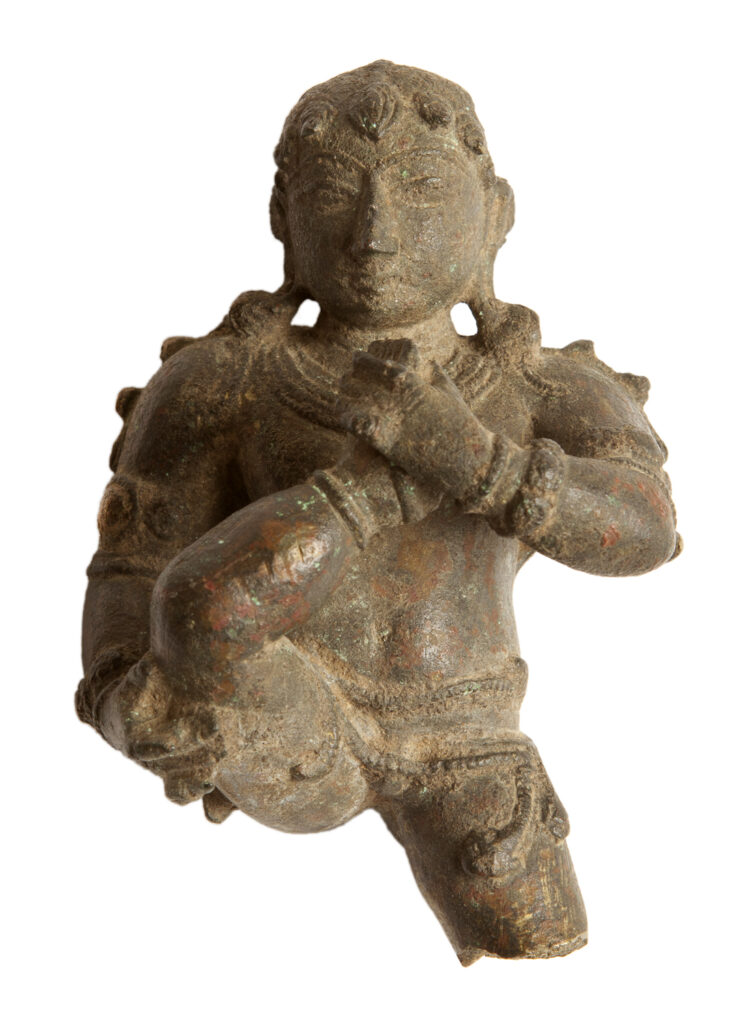
Bal Krishna, Probably 17th-18th century, South India, Bronze, H. 5 cm, W. 7.3 cm, D. 9.5 cm, SCU.00614
In art, there are representations of the Vatapatrashayi image without number, and, sharply, Desai keeps pointing them out in her book. Each time that one sees them, however, one is reminded, gratefully, of that striving towards understanding this inscrutable enigma, this mysterium magnum, which our great texts keep speaking of.
The essay was originally published in The Tribune, Chandigarh and it is being reproduced here with the permission of Prof. BN Goswamy and The Tribune. This has now been adapted to feature artworks from MAP, and thus slightly modified. The part that has been removed from the original essay is replaced by …. and the part that is added to the essay is in italics, (to make it relevant to the images from MAP).
In another essay from this series, Prof. BN Goswamy explores compelling portraits of common people. Read the previous essay, ‘Common People/Uncommon Portraits’, here.
Prof. BN Goswamy is an Indian art historian and critic, best known for his scholarship on Indian miniature paintings, particularly Pahari painting, and is the author of over twenty books on arts and culture.
